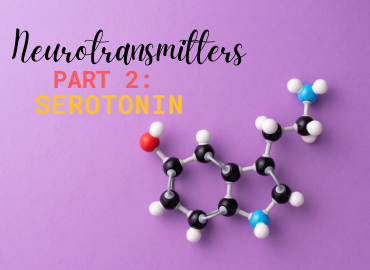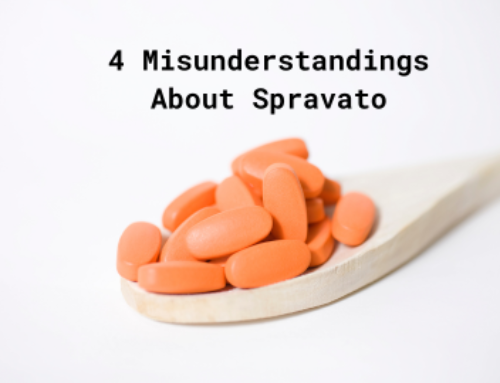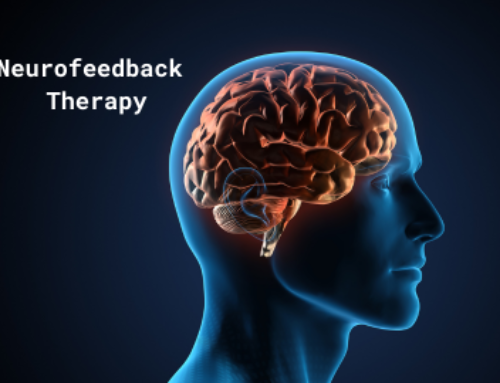The Mind’s Messengers
As a psychiatry clinic specializing in brain stimulation and neuromodulation, we are intimately familiar with how the brain communicates with itself and the tools it uses to do so. Neurotransmitters are essential for this process. We’ve looked at acetylcholine, now let’s look at serotonin.
What is Serotonin?
Serotonin is one of the neurotransmitters that sends messages to and from different parts of the brain. Think of it as a fast-moving chemical delivery service. The name was coined by Maurice Rapport in 1948 as an easier way to say 5-hydroxytryptamine, 5-HT. Most of the serotonin in the body is found in our digestive organs, and some in the platelet blood cells.
What is Serotonin’s Function?
Serotonin is a powerful influence in the body, communicating with millions of brain cells. These cells serve purposes including the regulation of:
- Retained memory
- Memory formation
- Libido
- Temperature
- Mood and sociability
- Blood clotting
- Bone metabolism
Missing the Mark
With such extensive use throughout the body, serotonin imbalances can have significant effects. Some causes are:
- Lack of tryptophan, an origin component of serotonin.
- Brain cells not producing enough serotonin.
- The neurotransmitter not hitting the receptor when the signal is sent.
- Insufficient receptor sites to receive the chemical signal.
What is serotonin’s relationship with depression? A prominent theory is that because serotonin helps regulate the renewal of brain cells, an imbalance can lead to the mental and often physical pain that accompanies depression. Certain medications called SSRIs (selective serotonin reuptake inhibitors) can be prescribed to support serotonin production and distribution to keep brain cell production stable.
A Stronger Connection
We offer in-person and remote telepsychiatry and a range of other services including transcranial magnetic stimulation (TMS) for treatment resistant major depressive disorder (MDD). Contact us any time with any questions.





